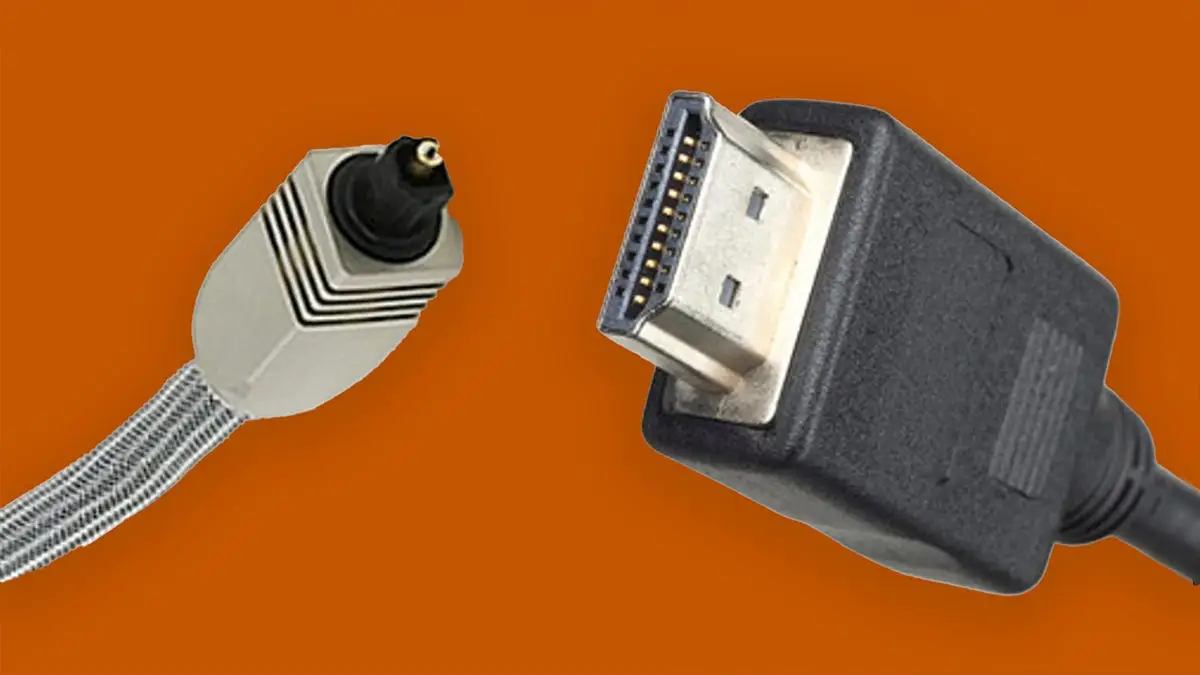How does a USB-C to Optical Audio adapter work?


USB-C to Optical Audio Adapter: How Does It Work?
With the increasing popularity of USB-C ports on modern devices, the need for compatible accessories has also grown. One such accessory is the USB-C to Optical Audio adapter, which allows users to connect their USB-C devices to audio systems that use optical audio inputs. In this article, we will explore how a USB-C to Optical Audio adapter works and its various applications.
Understanding USB-C Audio Conversion
Before delving into the specifics of a USB-C to Optical Audio adapter, it is essential to understand the concept of audio conversion. In digital audio systems, audio signals are typically transmitted in two formats: analog and digital. Analog signals are continuous and vary in amplitude, while digital signals are discrete and represented by binary code.
USB-C audio conversion involves converting digital audio signals from a USB-C port to an optical audio format, also known as S/PDIF (Sony/Philips Digital Interface) or Toslink. This conversion allows users to connect their USB-C devices, such as laptops or smartphones, to audio systems that support optical audio inputs.
Components of a USB-C to Optical Audio Adapter
A USB-C to Optical Audio adapter consists of several components that work together to facilitate audio conversion:
1. USB-C Connector: The adapter features a USB-C male connector that plugs into the USB-C port of the source device, such as a laptop or smartphone.
2. Digital-to-Analog Converter (DAC): The DAC is a crucial component responsible for converting the digital audio signal from the USB-C port into an analog format. It ensures compatibility with audio systems that do not support digital audio inputs.
3. Optical Audio Output: The adapter also includes an optical audio output, typically in the form of a Toslink connector. This output allows users to connect the adapter to audio systems that support optical audio inputs.
4. Signal Processing Circuitry: The adapter incorporates signal processing circuitry to ensure accurate and high-quality audio conversion. This circuitry helps eliminate noise, distortion, and other artifacts that may affect the audio signal.
Working Principle of a USB-C to Optical Audio Adapter
Now that we understand the components let’s explore how a USB-C to Optical Audio adapter works:
1. USB-C Connection: The user connects the USB-C male connector of the adapter to the USB-C port of their device, such as a laptop or smartphone.
2. Digital Audio Signal Transmission: The USB-C port on the device transmits the digital audio signal to the adapter.
3. Digital-to-Analog Conversion: The digital audio signal is received by the DAC within the adapter. The DAC converts the digital signal into an analog format suitable for audio playback.
4. Signal Processing: The analog audio signal undergoes signal processing within the adapter to ensure optimal audio quality. This processing may include noise reduction, equalization, and other enhancements.
5. Optical Audio Output: The processed analog audio signal is then sent to the optical audio output of the adapter. Users can connect this output to an audio system that supports optical audio inputs, such as a soundbar or AV receiver.
6. Audio Playback: Once connected to the audio system, the analog audio signal is converted back to digital format by the audio system’s DAC. The audio system then amplifies and plays back the audio through its speakers.
Applications of USB-C to Optical Audio Adapters
USB-C to Optical Audio adapters offer various applications and benefits, including:
1. Connecting USB-C Devices to Audio Systems: Users can connect their USB-C devices, such as laptops or smartphones, to audio systems that support optical audio inputs. This allows for high-quality audio playback on external speakers or home theater systems.
2. Audio Enhancement: USB-C to Optical Audio adapters can improve audio quality by utilizing the DAC within the adapter. This is particularly useful for devices with subpar built-in audio capabilities.
3. Versatility: USB-C to Optical Audio adapters are compatible with a wide range of USB-C devices, including laptops, smartphones, tablets, and gaming consoles. This versatility ensures that users can connect their devices to various audio systems without compatibility issues.
4. Portability: USB-C to Optical Audio adapters are compact and portable, making them convenient for users who frequently travel or need to connect their devices to different audio systems.
In conclusion, a USB-C to Optical Audio adapter enables users to connect their USB-C devices to audio systems that support optical audio inputs. By converting the digital audio signal from the USB-C port into an analog format, these adapters provide compatibility and high-quality audio playback. With their versatility and portability, USB-C to Optical Audio adapters have become essential accessories for users seeking to enhance their audio experience.
Recent Posts
How do I create an engaging and informative online quiz or assessment?
Creating an engaging and informative online quiz or assessment can be a powerful tool for… Read More
What are the most effective methods for managing and reducing work-related stress in the hospitality industry?
Work-related stress is a common issue in the hospitality industry, where employees often face long… Read More
How can I improve my assertiveness and communication skills in a leadership position?
In a leadership position, assertiveness and effective communication skills are crucial for success. Being able… Read More
What are the key elements of a successful employee recognition and rewards program?
Employee recognition and rewards programs play a crucial role in motivating and engaging employees, as… Read More
How do I effectively manage and respond to customer feedback and reviews?
Customer feedback and online reviews play a crucial role in shaping a company's reputation and… Read More
What are the best strategies for effective time management as a stay-at-home parent?
Effective time management is crucial for stay-at-home parents who juggle multiple responsibilities on a daily… Read More